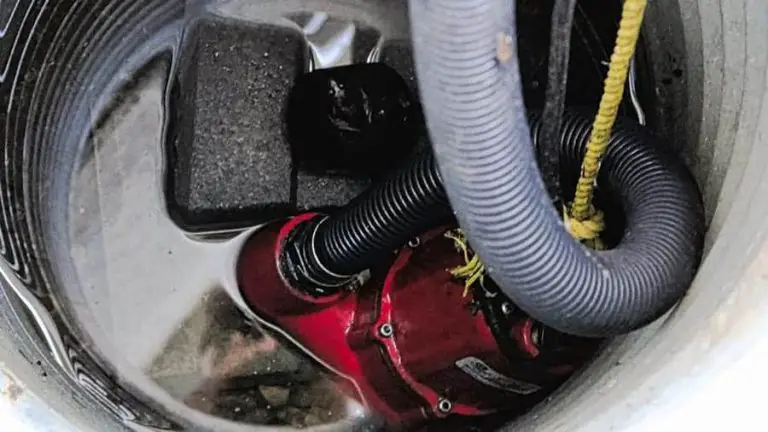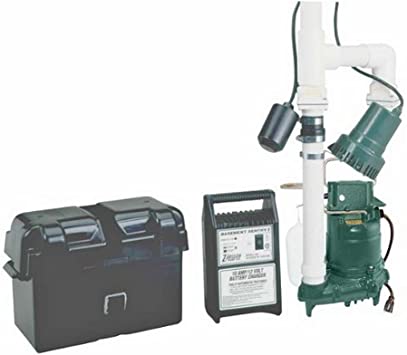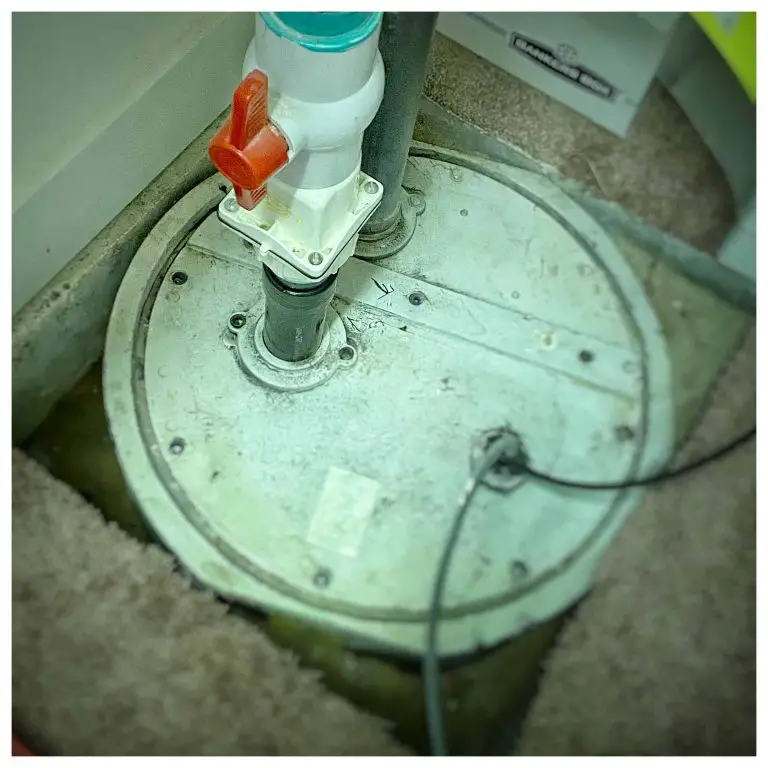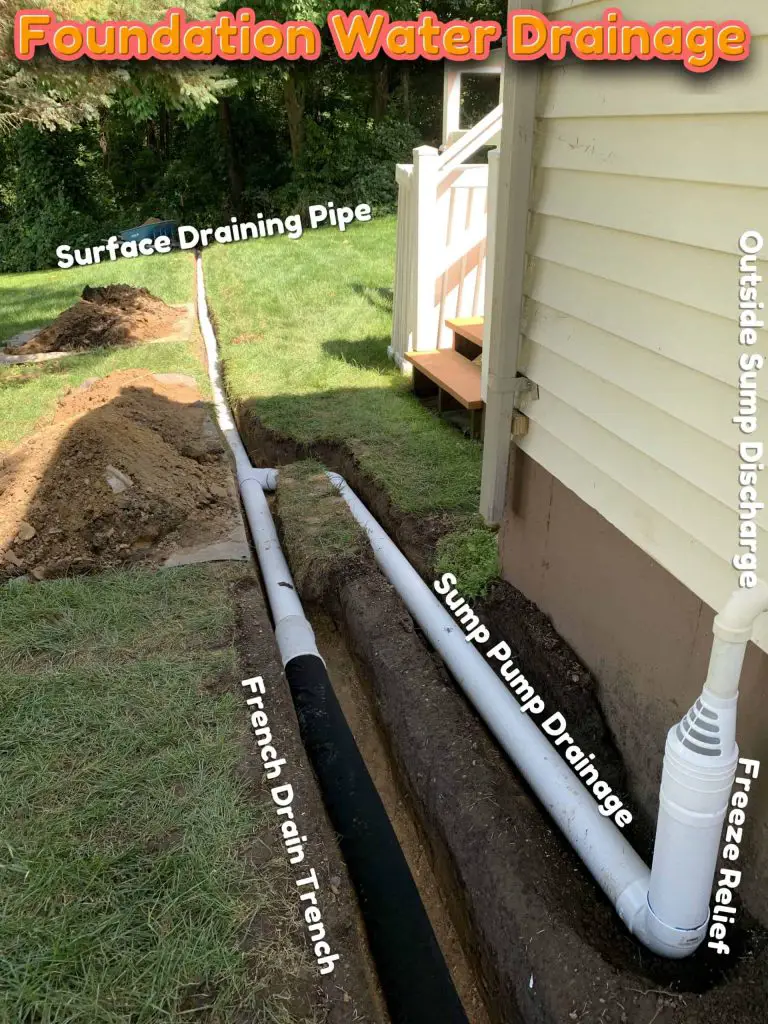Pedestal vs Submersible sump pump: which one is better?
Sump pumps are your first choice for effectively managing a flooded basement. If you live in an area that floods often or your basement tends to be wet and dank, then you need a sump pump. Sump pumps operate on AC current and only cycle as long as the power stays on.
They ensure you have pumping power in case there’s a power failure and you need to get flood water out of your basement in a hurry. They also help keep your basement dry to reduce mold and moisture. The size of your basement will determine which sump pump may be perfect for you. When purchasing a sump pump, there are two types available; pedestal and submersible.
Pedestal sump pumps
Pedestal sump pumps rest on a pedestal completely above the water level of the sump pit. Pedestal pumps get water out of your basement through an inlet pipe that reaches to the bottom of the sump sink. Here’s how they stack up against submersible pumps:
Space
Since there may be little space in the width or depth of the sump pit, a pedestal sump pump may fit better. Pedestal sump pumps utilize very little space and may be ideal if this is your concern.
Since pedestal pumps do not carry a motor like submersible pumps, they tend to be noisier when operating.
Capacity
Studies suggest that pedestal sump pumps can pump higher volumes of water than other pumps.
Cost
While they are generally cheaper than submersible pumps, they tend to break down more often since they let in more humidity, and the switch sometimes jams during the cycle.
Choosing a pedestal sump pump
Before you buy, consider the following:
-
Performance
Check how often your pump cycles during rainy weather and how fast it’s able to get the water out.
If speed is an issue, look for a pump with a higher horsepower capability. In cases where the pump cycles too often, you may need to tweak the float switch to help regulate the cycle times.
-
Durability
Since pedestal sump pumps may wear out faster than submersible pumps, the type of material you choose is critical.
You can opt for thermoplastic or cast iron. Whilst cast iron holds up better in wet conditions, thermoplastic can accommodate a higher horsepower capacity at a cheaper price.
Submersible sump pumps
Submersible sump pumps may be ideal if there are any solids in your sump pit. They sit completely beneath the water surface, operate with a motor, and make less noise than pedestal pumps.
Space
If basement space is not a concern, a submersible pump will work since they take up more space than pedestal pumps.
Durability
Since the submersible pump lies in the water, it tends to keep the motor cooler while running.
The cooling effect tends to help extend the lifespan of the pump by reducing overheating and wear and tear.
Cost
Submersible sump pumps tend to be more expensive than pedestal pumps, but operate at a higher capacity in heavy flooding.
Choosing a submersible sump pump
Submersible sump pumps are available in a few horsepower options. The correct horsepower will ensure your unit can handle the demand when operating under pressure.
Horsepower options include:
- ½ HP sump pumps may be able to handle between 35 and 40 percent more capacity than a 1/3 HP pump. They also operate at a higher vertical lift especially if the volume of water demands it.
- 1/3 HP sump pumps may work for an average household, but capacity may vary depending on the manufacturer.
- ¾ HP pumps are ideal for households living in low-lying areas or in high water tables. Since flooding may increase in such conditions, you’ll need a pump with more pumping capacity.
- ¾ HP sump pumps normally enjoy between 20-25 percent more capacity than a ½ HP pump.
They may also be a better option if your discharge pipe runs more than 10 feet away or if the pump is generally for outdoor sump usage.
Conclusion
Pedestal and submersible sump pumps both offer effective power capability during rainy weather. However, choosing the pump that’s perfect for you depends on whether you live in a flood-prone area or if the space you have is small or large. Pedestal sump pumps are perfect if your pump space is narrow or shallow, while submersible pumps will work better for larger spaces that require more pumping capacity.




